
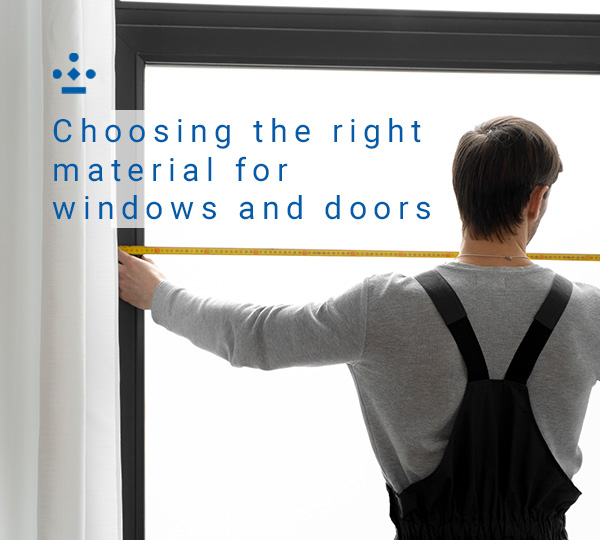
BLOG
PVC, Aluminum or Wood: Which is the Ideal Material for Your Windows and Doors?
<< return to blog
DECEUNINCK NEWS
When it comes to choosing materials for windows and doors, there are many options on the market, from wood and aluminum to PVC.
Each material has its advantages and disadvantages, but today we want to highlight why PVC has become one of the most popular and efficient options for homes and construction projects in México.
Next, we will explore the advantages and disadvantages of windows and doors made of PVC, aluminum and/or wood.
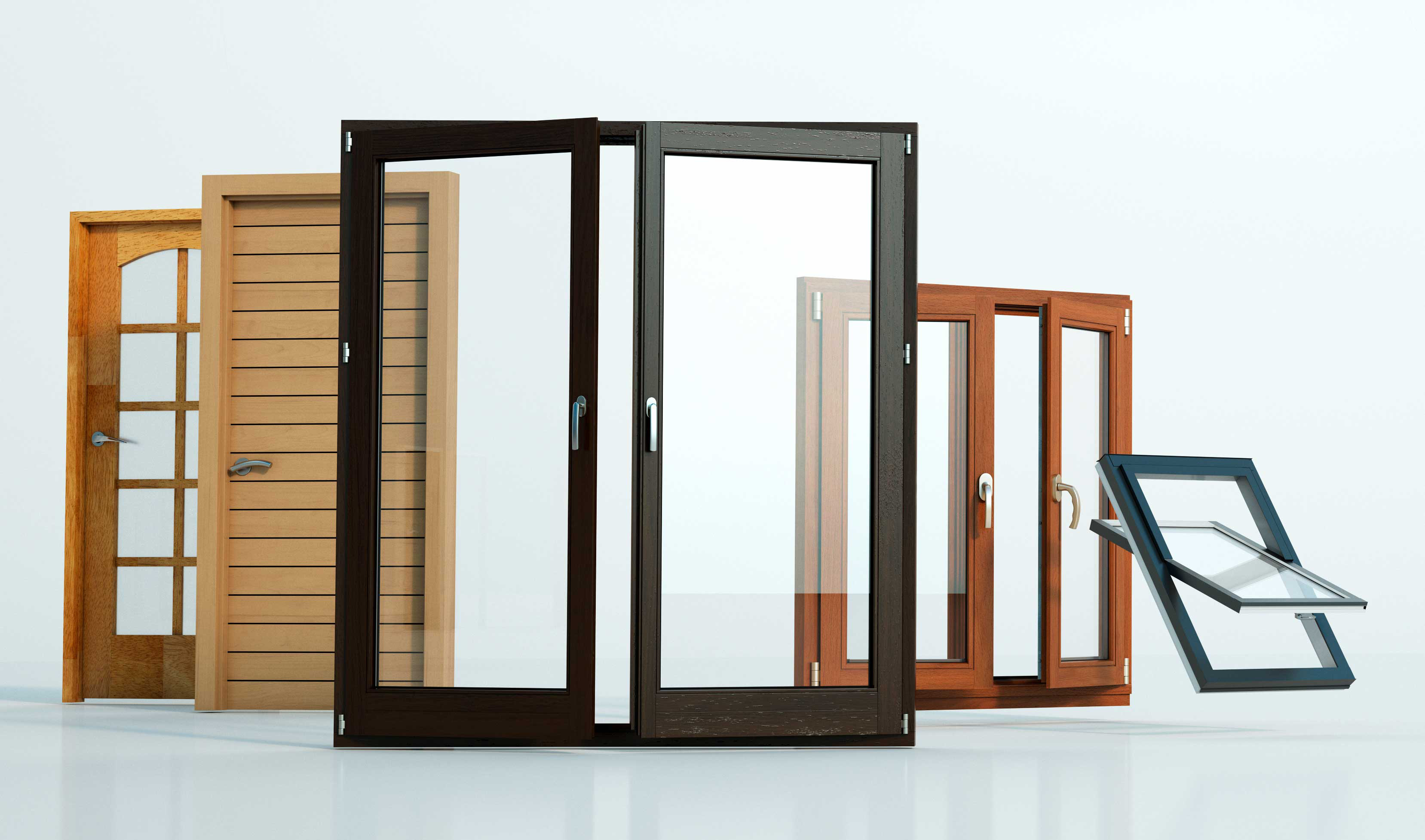
Thermal and Acoustic Insulation
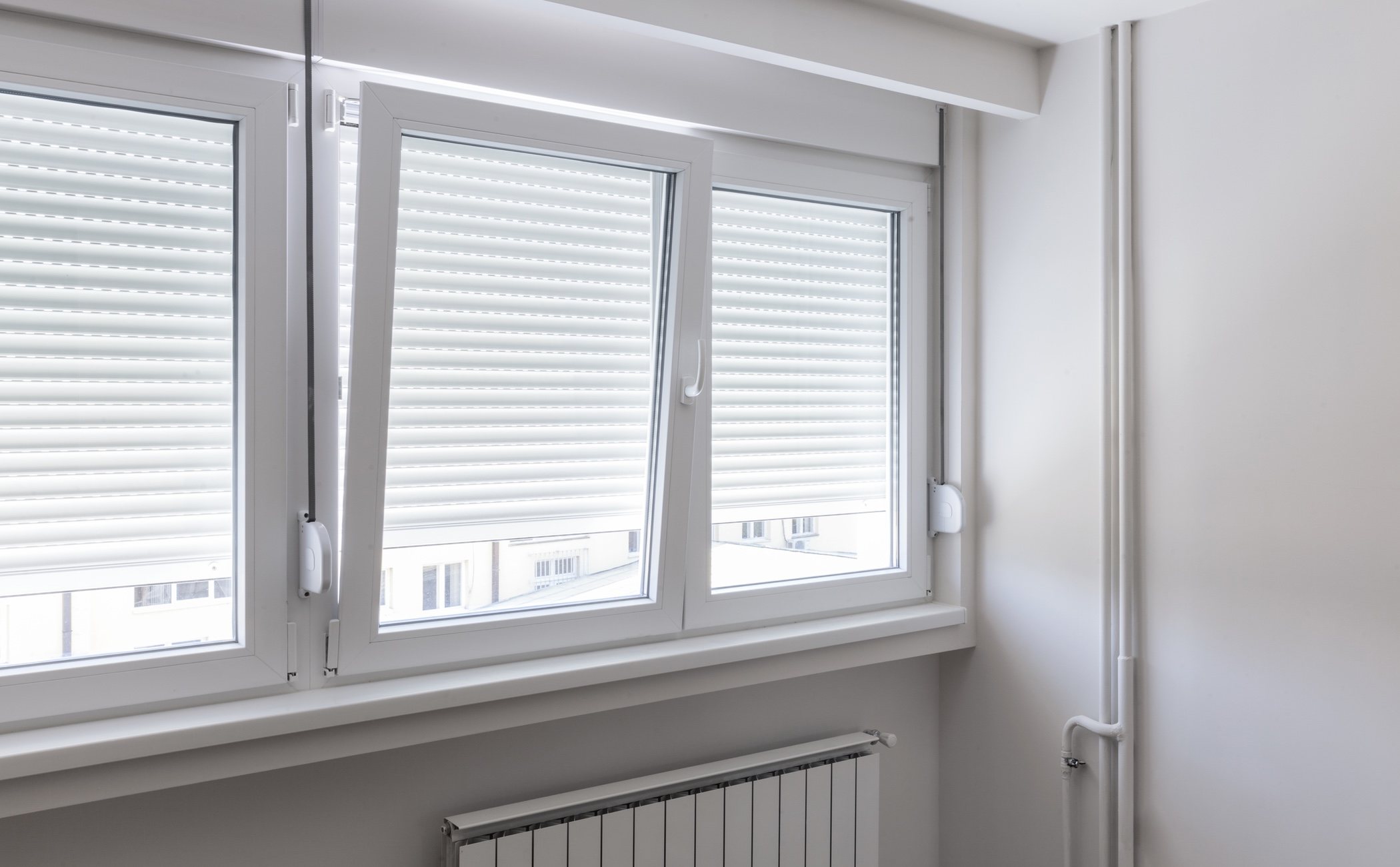
PVC
PVC profiles offer excellent thermal and acoustic insulation. Thanks to its multi-chamber structure, PVC is able to retain heat inside during winter and keep spaces cool in summer. In addition, it provides an effective barrier against exterior noise, which is ideal for homes in urban or noisy areas.

Aluminum
Although strong, aluminum is not a good thermal insulator by nature. Unless thermal break profiles are used, aluminum can conduct cold and heat, which affects the energy efficiency of the home. As for sound insulation, aluminum often requires special glazing.
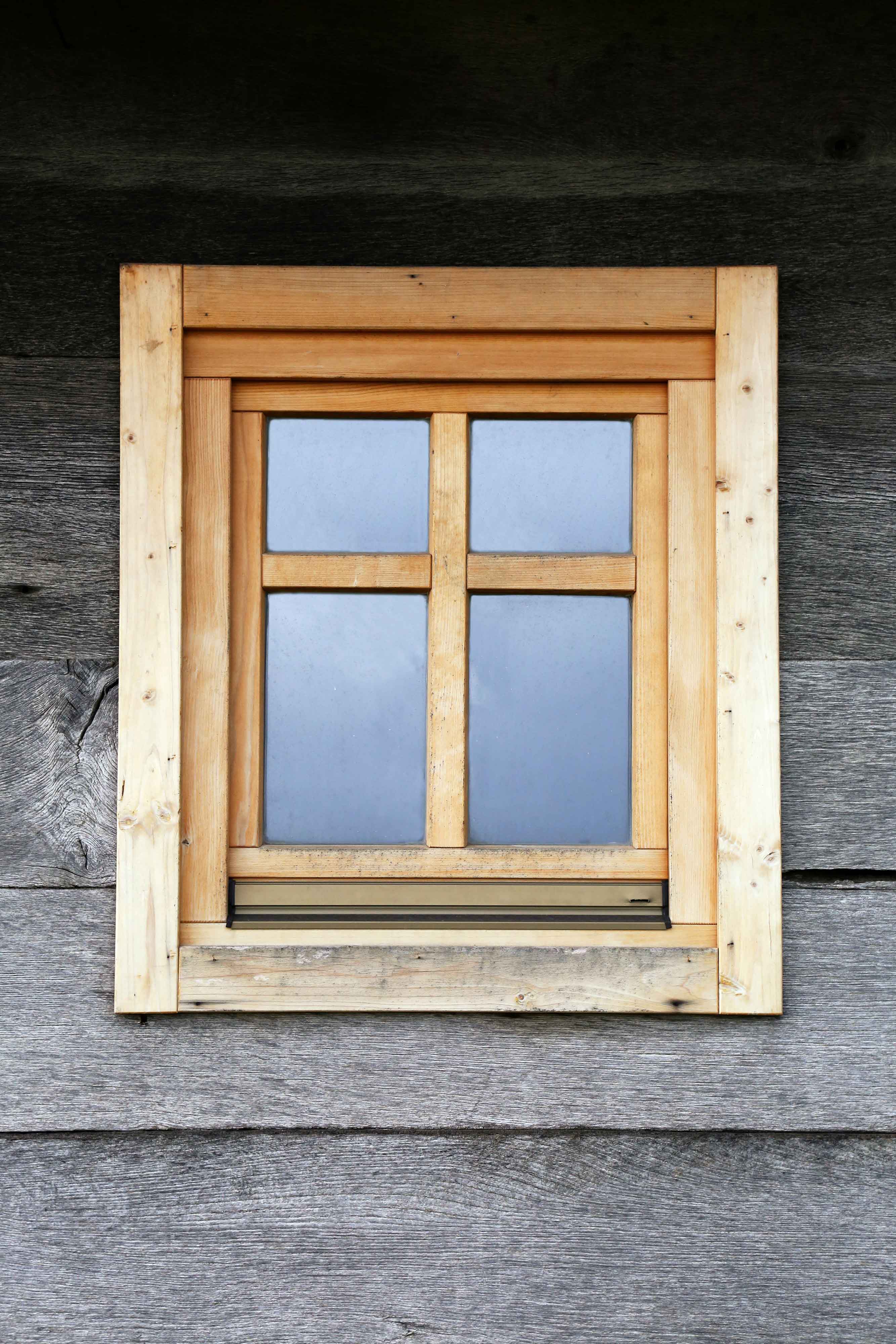
Wood
Wood has natural insulating properties, but requires constant maintenance to maintain its performance. In addition, changes in temperature and humidity can affect its performance over time.
Durability and Maintenance
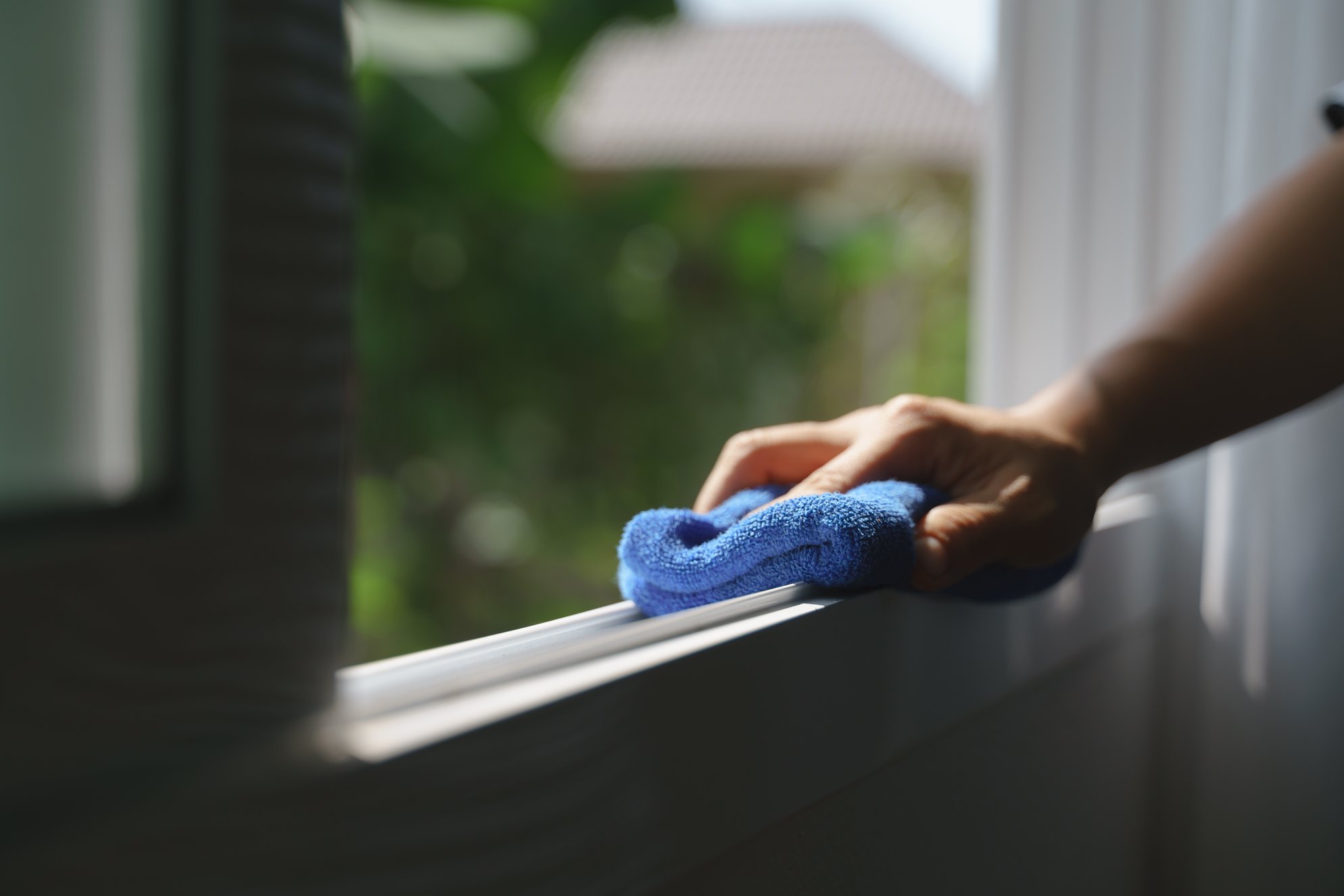
PVC
One of the great advantages of PVC is its durability. It is resistant to corrosion, humidity, UV rays and does not deform over time. In addition, PVC is virtually maintenance-free; occasional cleaning is enough to keep it in perfect condition.
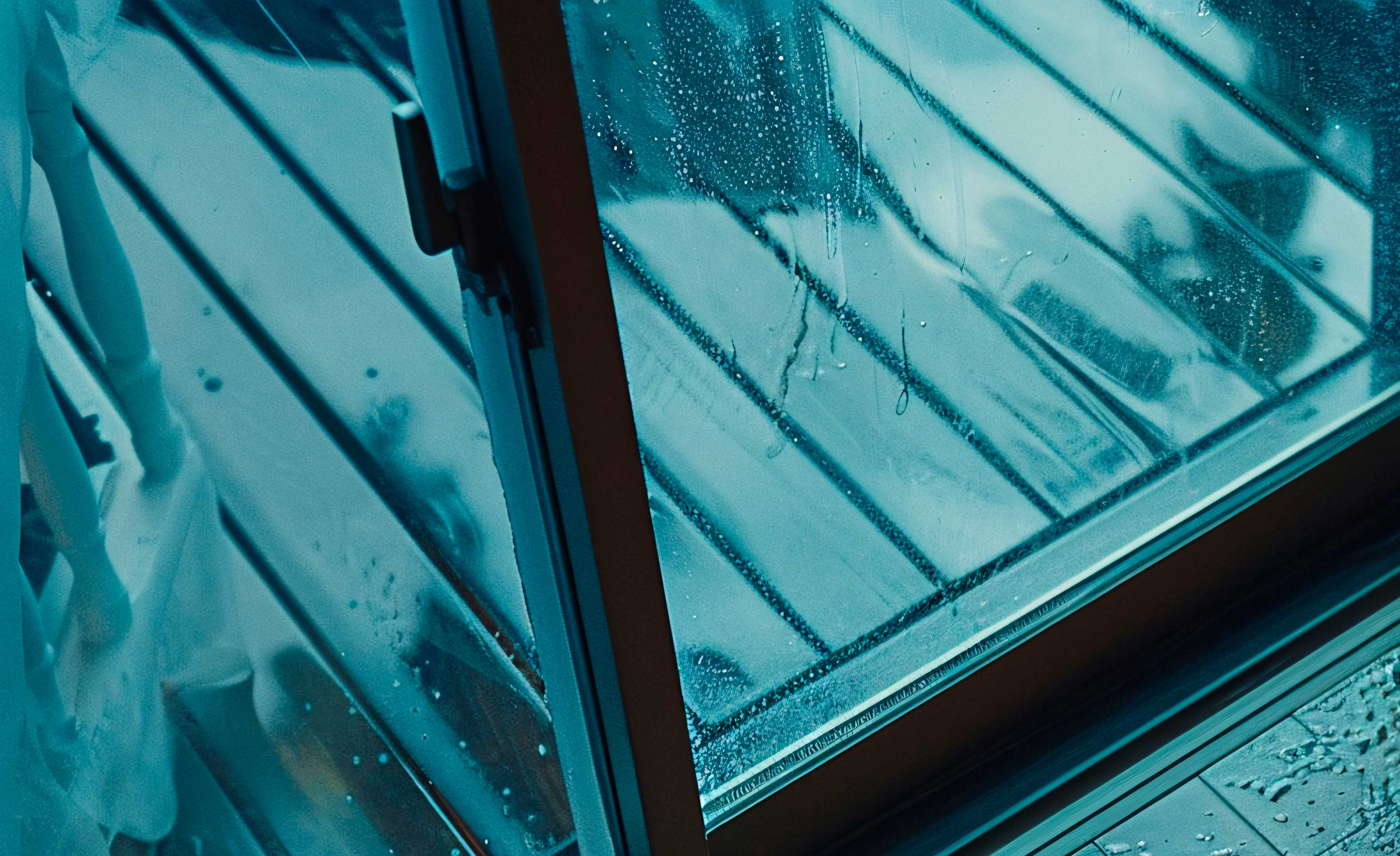
Aluminum
Aluminum is highly durable and corrosion resistant, but is susceptible to condensation, especially in humid climates. Although it requires less maintenance than wood, it is more prone to scratching and showing signs of wear over time.
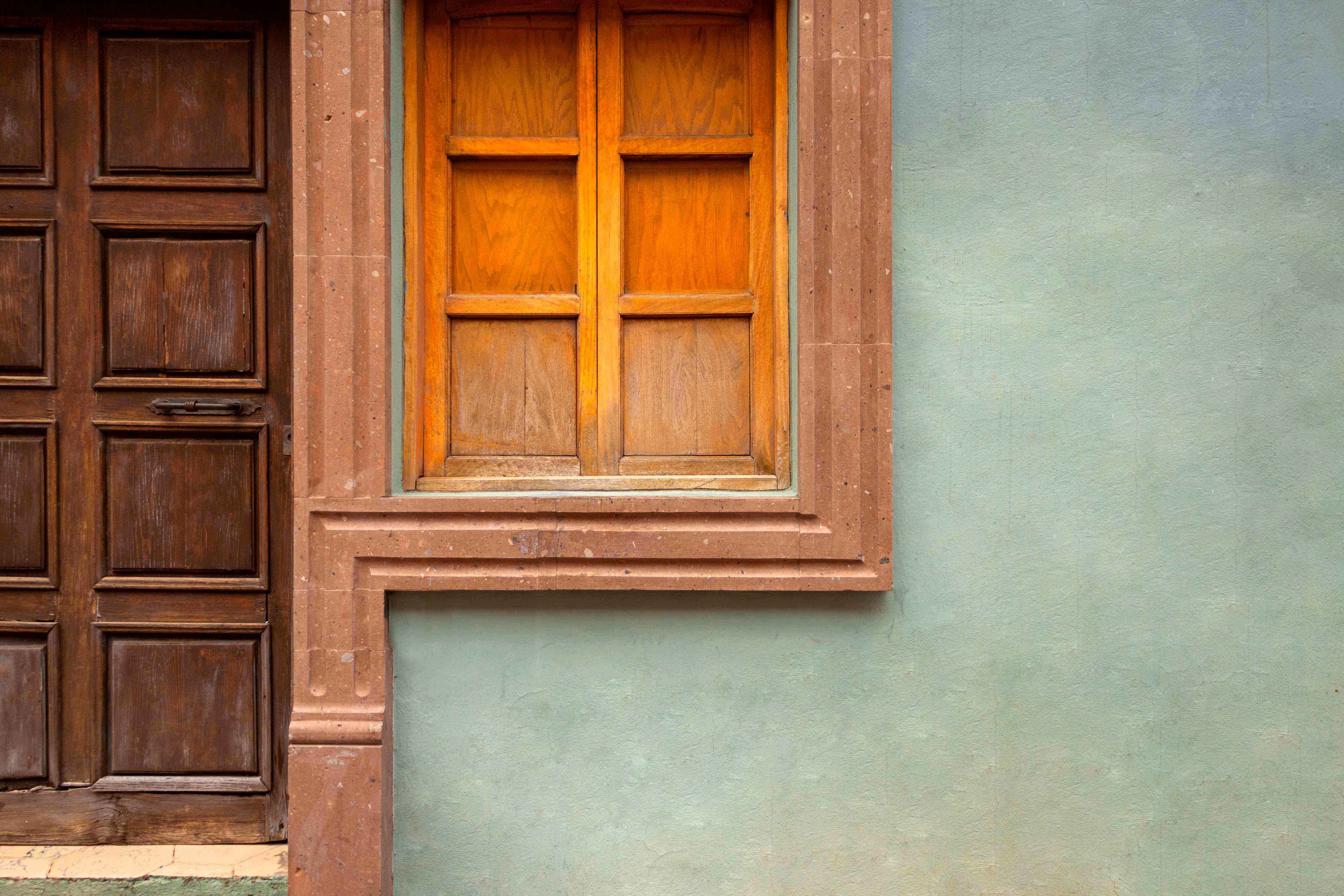
Wood
Wood, while aesthetically appealing, requires rigorous maintenance to prevent deterioration from moisture, insects or climatic changes. This includes sealing, varnishing and periodic repairs, which can be costly in the long run.
Aesthetics and Versatility
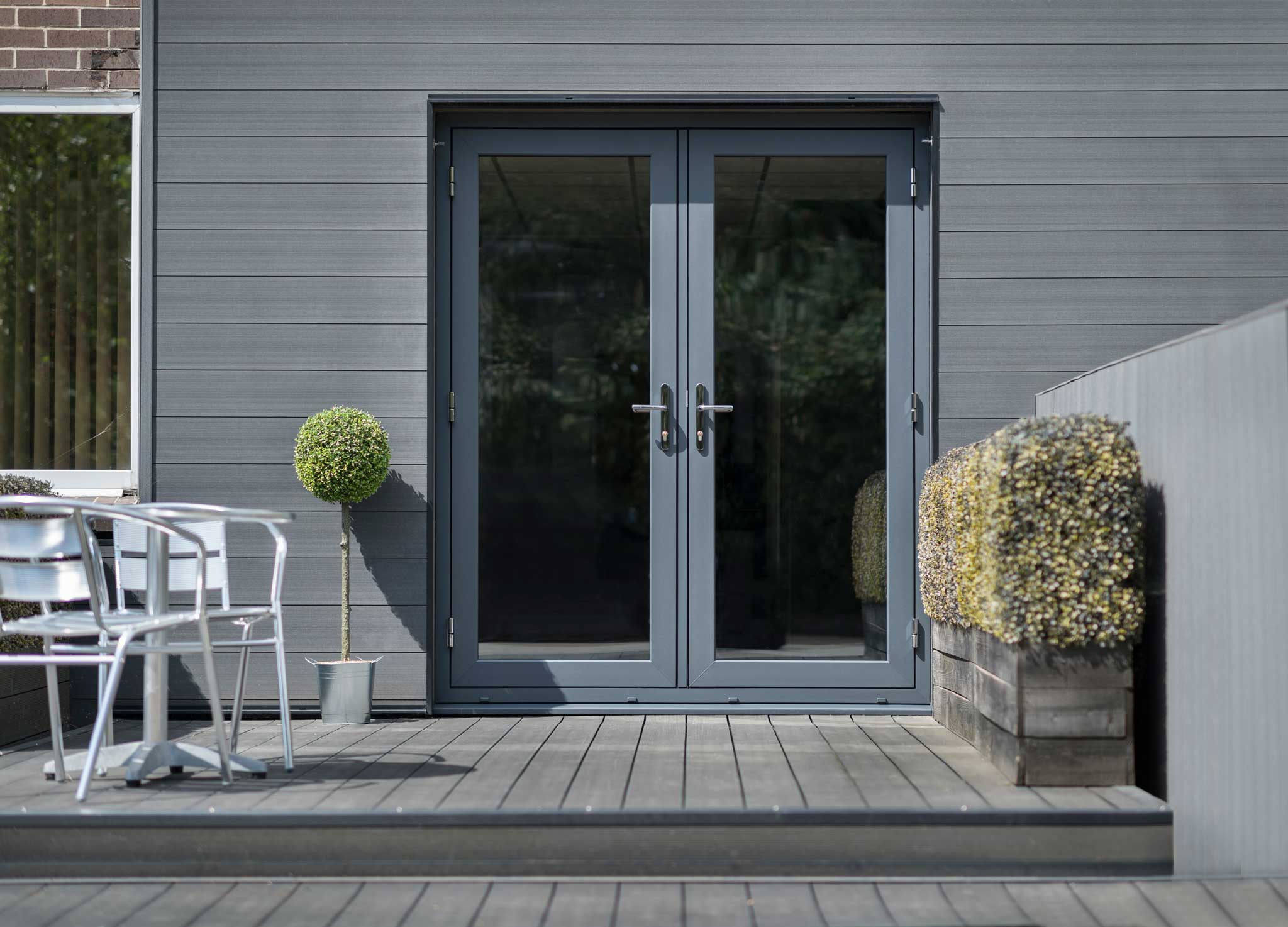
PVC
PVC profiles are available in a wide range of colors, finishes and textures, including options that mimic wood. This allows for great flexibility in design without compromising functionality. In addition, PVC does not fade over time, keeping it looking like new for many years.
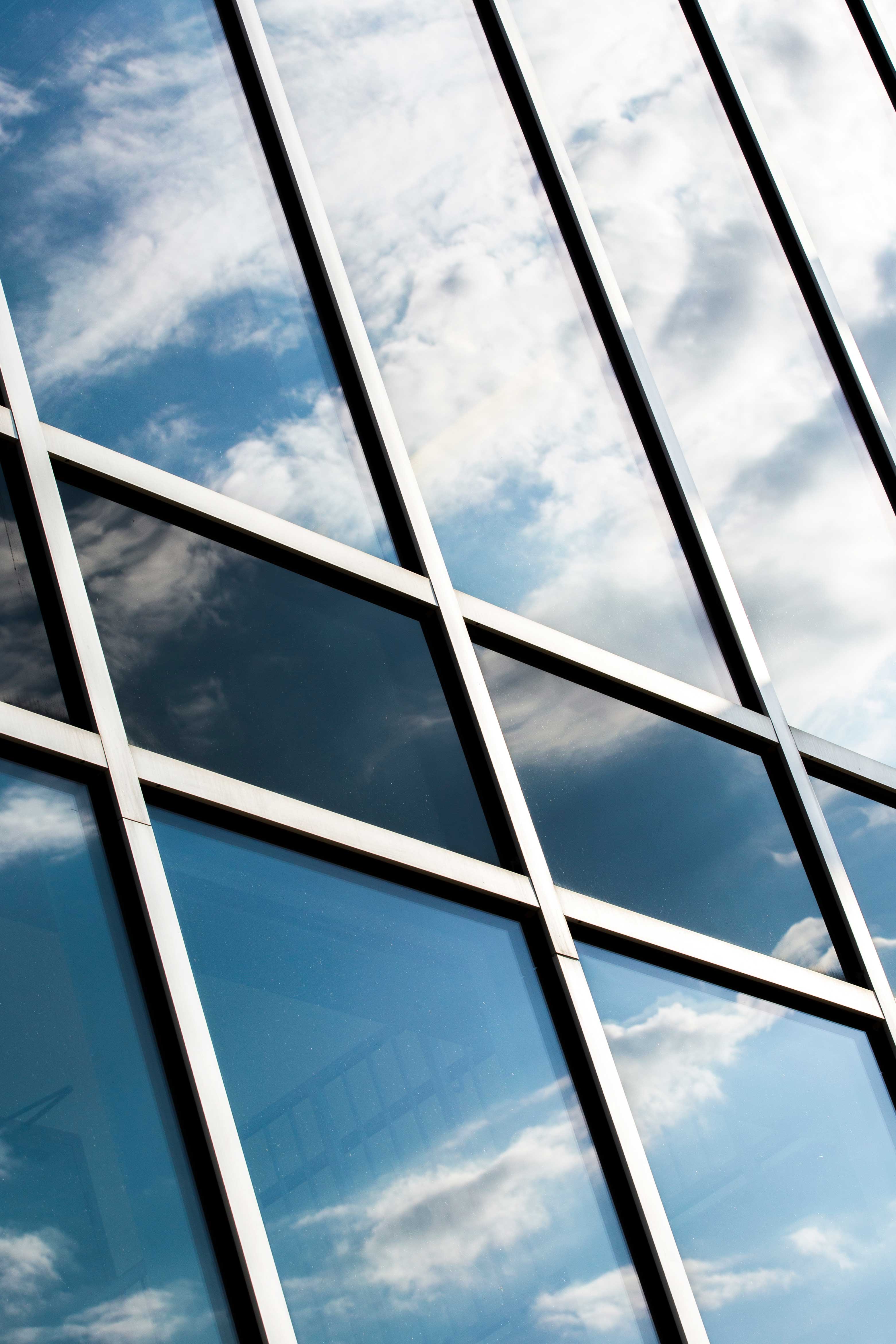
Aluminum
Aluminum offers a modern, minimalist look, ideal for contemporary buildings. However, finish options are more limited, and it can lose its original luster over time.
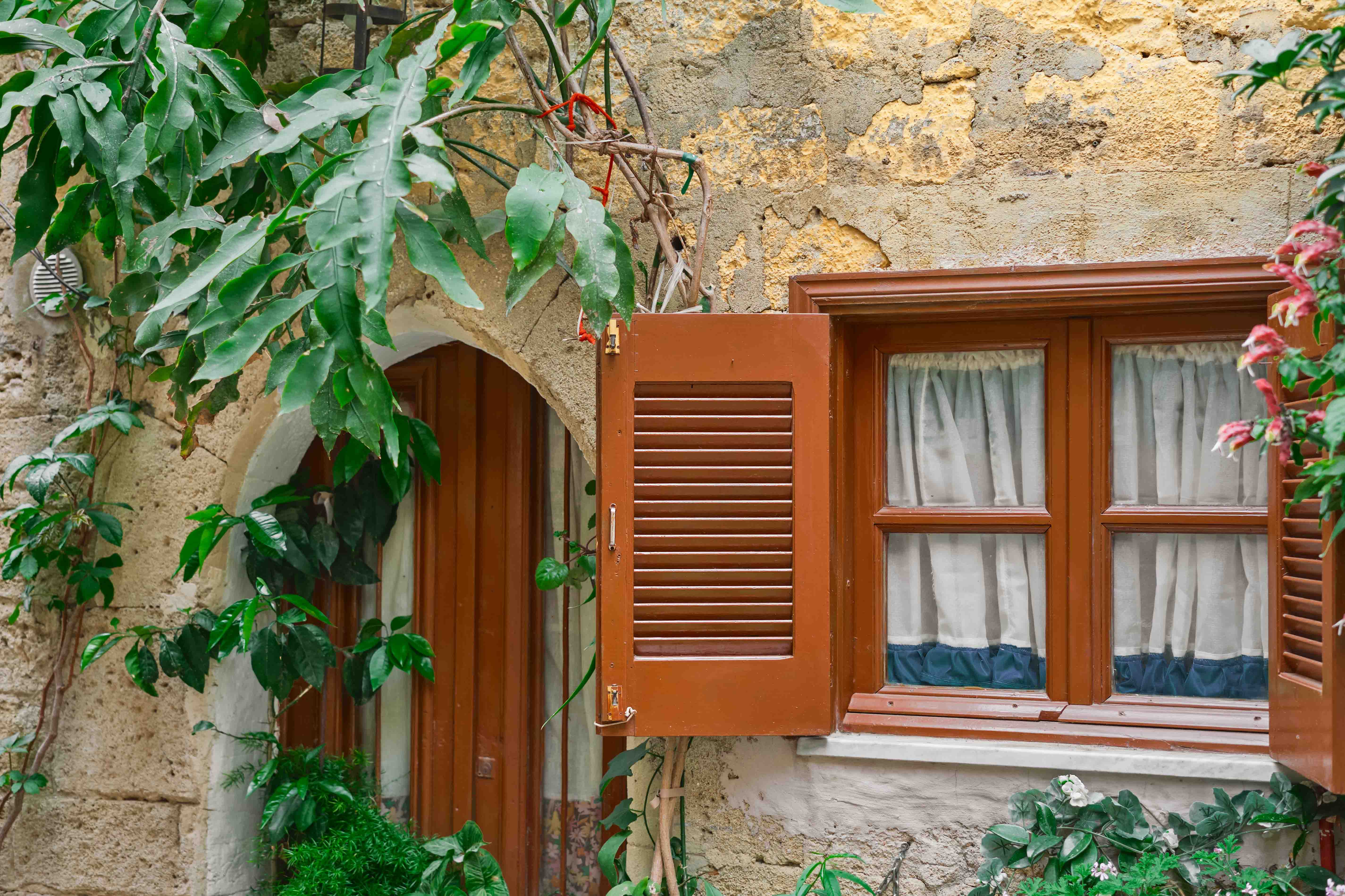
Wood
Wood is unmatched in terms of warmth and natural appearance. It is an excellent choice for traditional or rustic projects, but its maintenance and associated costs can be a significant disadvantage.
Sustainability and Environment
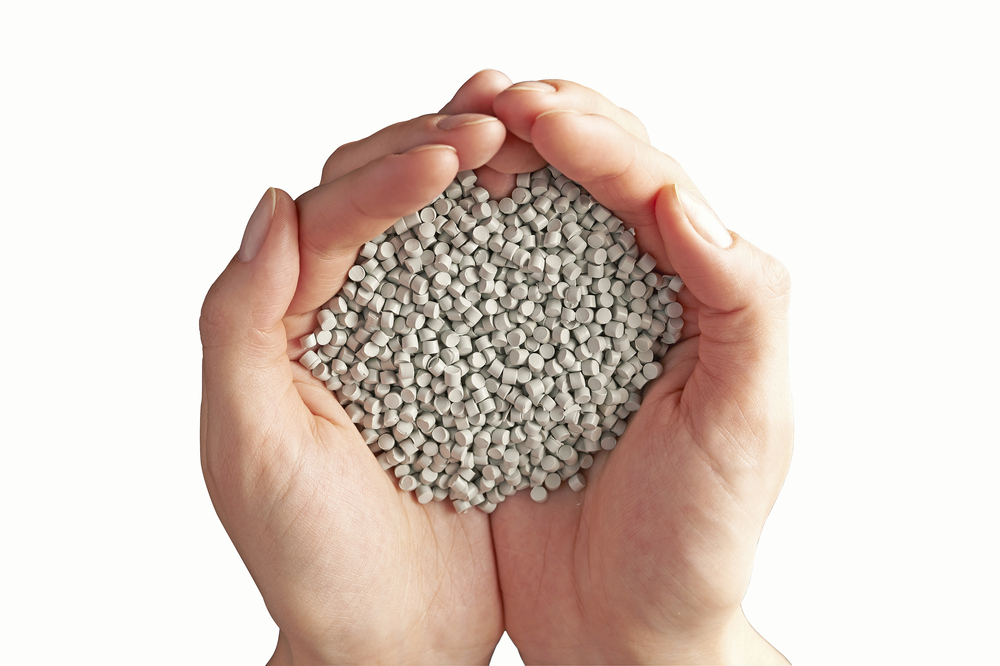
PVC
PVC is 100% recyclable. In addition, its long service life reduces the need for frequent replacements, which reduces the long-term environmental impact.
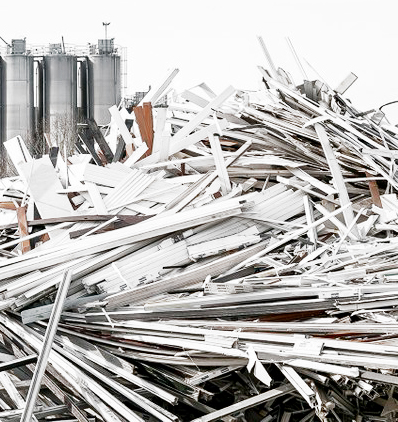
Aluminum
Although aluminum is recyclable, its production requires high energy consumption. However, due to its durability, it is an option that can also be sustainable if used correctly.
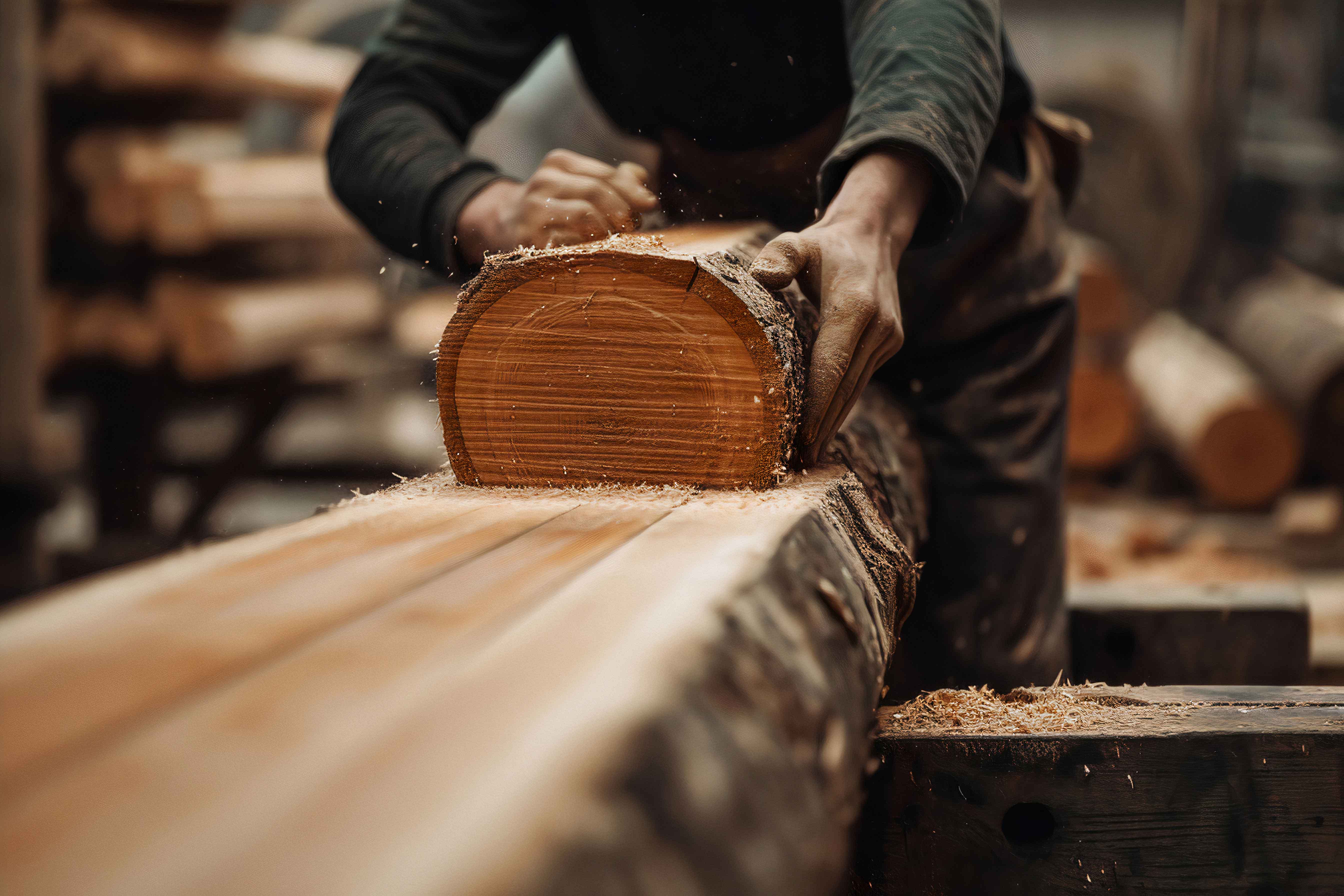
Wood
Wood is a natural resource and, when sustainably sourced, is an environmentally friendly option. However, logging and chemical treatment to preserve wood can have negative environmental impacts.
Energy Efficiency
Low Maintenance
Aesthetic Versatility
Each material has its own advantages, but PVC stands out as a balanced choice that combines energy efficiency, durability, low maintenance and aesthetic versatility. Whether you're building a new home or renovating your current one, considering the performance of PVC versus other materials can help you make an informed decision that benefits both your home and the environment.
At Deceuninck México, we are committed to the quality and sustainability of our products. We invite you to explore our PVC profile solutions and discover why they are becoming the preferred option for thousands of homes and construction professionals throughout the country.
 Distributor
Distributor